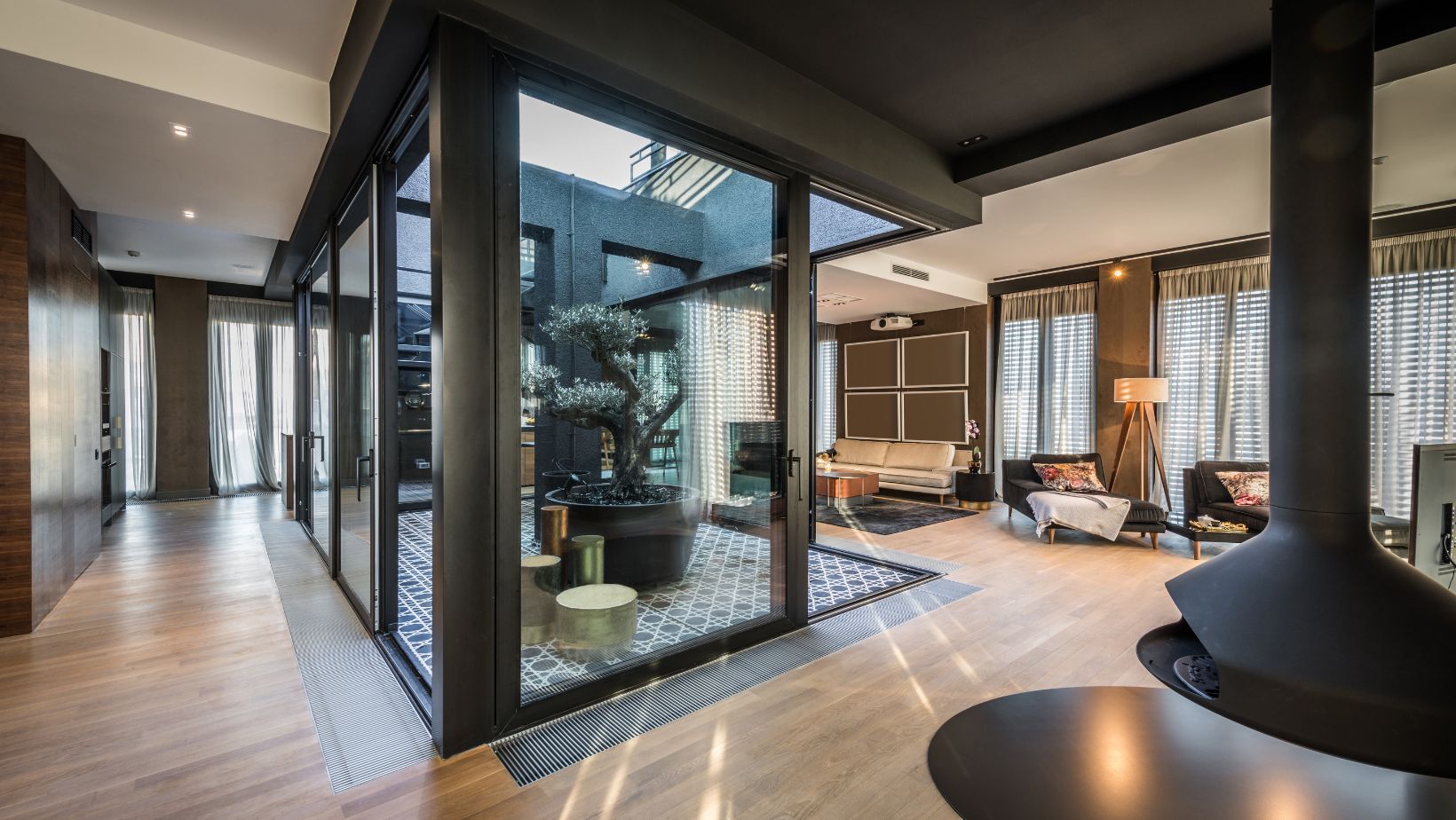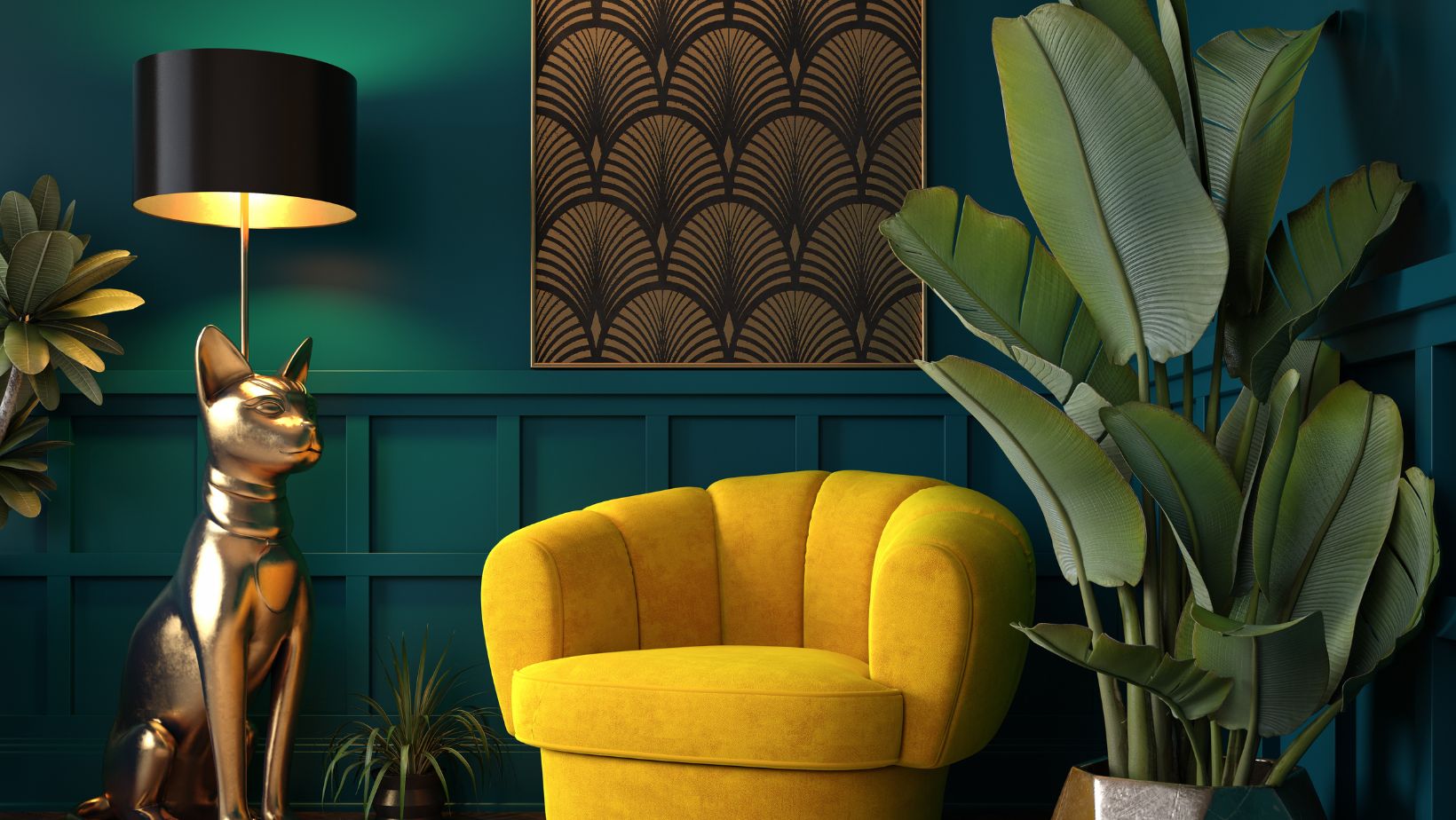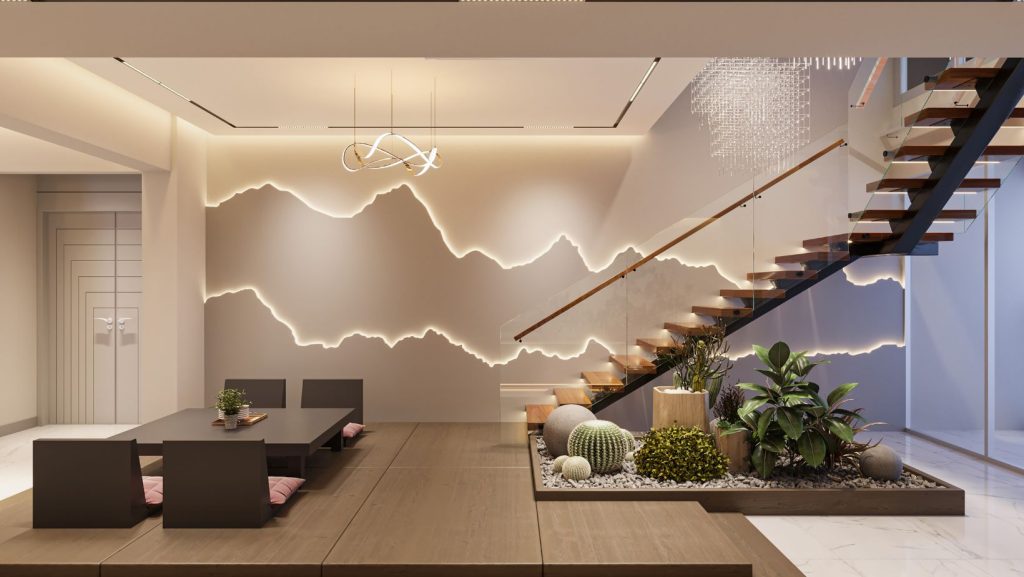Can the digital realm truly redefine the very essence of interior design, transforming spaces and experiences in ways we've only begun to imagine? The integration of digital tools and innovative platforms, particularly the rise of "kdadesignology," is not just changing the game, it's rewriting the rules, offering unprecedented possibilities for both designers and clients alike.
The world of interior design is experiencing a seismic shift, driven by technological advancements that are rapidly reshaping how we conceive, create, and experience our living spaces. From the initial spark of an idea to the final, polished presentation, "kdadesignology" and similar platforms offer a comprehensive suite of features designed to streamline the entire design process. These tools empower designers to explore a holistic approach, fostering creativity and efficiency at every stage.
Let's delve deeper into the transformative power of interior design, and how it affects our lives.
- Jackermans Mothers Warmth Chapter 3 A Heartwarming Journey
- Bollywood Movies Streaming Guide News Sites More 2024
| Name | Kda Architects |
| Specialization | Interior Design, Architecture |
| Location | New York City & Brooklyn |
| Services Offered | Bespoke architecture and interior design for gut apartment renovations, townhome remodels, senior living facilities, and behavioral health facilities. |
| Key Features | Comprehensive design process support, from brainstorming to final presentation; focuses on both aesthetics and functionality; utilizes pictures and inspiration for home decor ideas, interior design, landscape design, remodeling, and entertaining ideas. |
| Approach | Creating timeless, functional settings that harmonize form and function. |
| Project Focus | Residential and commercial projects with a particular emphasis on senior living and behavioral health environments. |
| Expertise | Known for creating unique and personalized spaces. |
| Notable Projects | Gut apartment renovations, townhome remodels, senior living facilities, behavioral health facilities. |
| Website | Kda Architects Official Website |
The aesthetic dimension of interior design provides us with a captivating exploration of global styles, delving into how architects and designers skillfully employ fundamental elements such as color, texture, light, and space to transform ordinary environments into extraordinary experiences. This exploration spans various cultural influences, from the minimalist elegance of Scandinavian design to the vibrant maximalism of Moroccan interiors. We will examine how these elements are combined to evoke specific moods, enhance functionality, and reflect the personality of those who inhabit the space.
In the realm of interior design, the use of color is not merely a decorative choice, it is a powerful tool capable of transforming the atmosphere and functionality of a space. The skillful application of color can influence our mood, perception, and even our behavior. Consider the calming effect of cool blues and greens in a bedroom, promoting relaxation and tranquility, or the energetic vibrancy of warm reds and yellows in a kitchen, stimulating appetite and social interaction. Designers meticulously select color palettes that not only complement the overall aesthetic but also serve the specific needs and desires of the occupants.
Texture adds another layer of depth to the visual experience of interior spaces. The tactile qualities of surfaces can significantly influence our perception and emotional connection to a room. From the smooth, sleek finish of polished concrete floors to the plush comfort of a velvet sofa, texture adds layers of interest and sophistication. A designer uses various materials - wood, metal, textiles, and glass - to create a varied and engaging sensory experience. The combination of different textures can evoke different feelings, from the warmth and coziness of a rustic space to the sleek and modern vibe of an urban loft.
Light is an essential element in interior design, acting as both a practical necessity and a powerful design tool. Proper lighting can completely alter the atmosphere of a room, highlighting architectural features, defining spaces, and creating different moods. Designers skillfully integrate natural light, artificial lighting, and ambient lighting to achieve the desired effect. A well-designed lighting scheme takes into account factors such as the natural light available, the specific tasks performed in the space, and the overall aesthetic goal, creating environments that are both functional and visually appealing.
Space itself, the very volume of a room, is a fundamental element that designers manipulate to shape the experience of interior environments. The layout of furniture, the placement of architectural elements, and the interplay of positive and negative space all contribute to the overall feel of a room. Effective use of space can make a small room feel larger, create a sense of flow and connection, and define zones for different activities. Good design creates a harmonious balance between functionality and aesthetics, providing an environment that is both comfortable and visually stimulating.
Beyond the aesthetics, practical considerations form the foundation of good interior design. Functionality and livability must always be the ultimate goal. This includes efficient layouts, ergonomic furniture choices, proper storage solutions, and the incorporation of technologies to enhance the living experience. A well-designed interior must not only be visually appealing but must also meet the practical needs of the occupants, ensuring comfort, convenience, and ease of use.
Consider the design process that begins with an idea, then the conceptual stage, where the initial vision takes shape through sketches and mood boards. Next comes the planning phase, where detailed floor plans, technical drawings, and material selections are finalized. The execution phase involves the actual construction and installation of the design, followed by the final touches. Each phase requires detailed knowledge of materials, techniques, and industry standards to ensure a successful outcome.
The incorporation of "designology" is more than just about aesthetics; it is about creating functional, user-centric spaces that adapt to the evolving needs of their occupants. It is about the art and science of improving the environments that people inhabit. Whether renovating a beach house in Santa Barbara or modernizing a home in Westlake, the focus remains on the seamless integration of form and function to produce unique outcomes.
For those keen on embarking on their own projects, interior design blogs provide an invaluable resource for inspiration, education, and guidance. They present a curated collection of design ideas, tips, and trends, serving as an essential source for homeowners, designers, and enthusiasts alike. These resources enable readers to learn about different design styles, understand materials, and gather innovative strategies to enhance their own living spaces, providing a direct and accessible path to the ever-changing world of interior design.
Interior design embodies a synergy of creativity and practicality, creating spaces that are both beautiful and useful. It is a profession that continually advances, fueled by the integration of modern technology and a deep comprehension of human needs. From the initial concept to the finished product, interior designers are the architects of our indoor world, shaping how we live, work, and play.
The convergence of technology, media, and culture is explored by The Tightrope Podcast, providing important insights into the changing world and the evolving digital landscape. Understanding these dynamics is critical for designers who need to adapt and utilize new technology to benefit their work.
The importance of understanding the challenges and complexities of navigating today's job market is crucial in the design world. Understanding the career trends and the available resources, and staying current with the latest market demands is essential for career advancement.
For expert advice, those in the field need to stay updated with the latest trends and best practices. Designers and architects must consistently sharpen their expertise, whether through training, workshops, or further education.
If you need expert guidance, look for full-service interior design firms to ensure that all aspects of your space function perfectly in real life. Whether you are renovating or updating your home, the goal is for form and function to work together to create something unique.
The evolution of interior design includes diverse areas such as home decor, landscape design, remodeling, and ideas for entertaining. In addition, it is an approach that supports every part of the design process, from the initial brainstorming stages to the final presentation.


